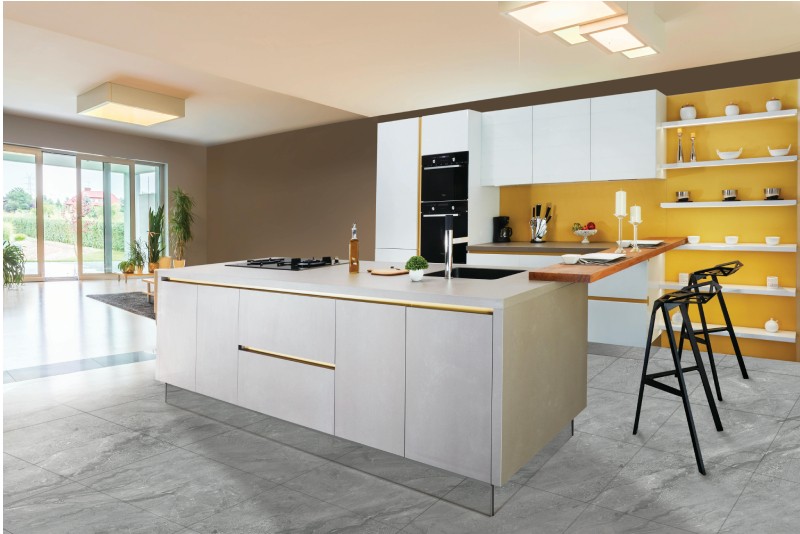Net-zero buildings are at the forefront of sustainable architecture, balancing energy consumption with renewable energy production. At Fostertech, we’re pioneering carbon-neutral designs that set a new standard for the industry.
The Importance of Net-Zero
Buildings account for nearly 40% of global CO2 emissions. Net-zero architecture addresses this by ensuring that a building’s energy use is offset by renewable sources, resulting in zero net carbon emissions.
- Renewable Energy: Solar panels, wind turbines, and geothermal systems power buildings sustainably.
- Advanced Insulation: High-performance materials reduce energy loss.
- Passive Design: Strategic orientation and shading minimize heating and cooling needs.
- Smart Systems: IoT-enabled controls optimize energy usage in real time.
Our EcoTower project in Seattle demonstrates these principles, achieving net-zero status through integrated solar arrays and energy-efficient systems.
Steps to Net-Zero
Achieving net-zero requires a holistic approach:
- Energy Modeling: Use AI to simulate and optimize energy performance.
- Sustainable Materials: Select low-carbon concrete, recycled steel, and other eco-friendly materials.
- Renewable Integration: Install on-site renewable energy systems tailored to the site.
- Monitoring: Track energy use post-construction to ensure net-zero goals are met.
“Net-zero buildings are not just a trend—they’re the blueprint for a sustainable future.”
— David Foster, Principal Architect
Join the Net-Zero Movement
As regulations tighten and sustainability becomes non-negotiable, net-zero design is the way forward. Partner with Fostertech to create buildings that lead the way in environmental responsibility.



